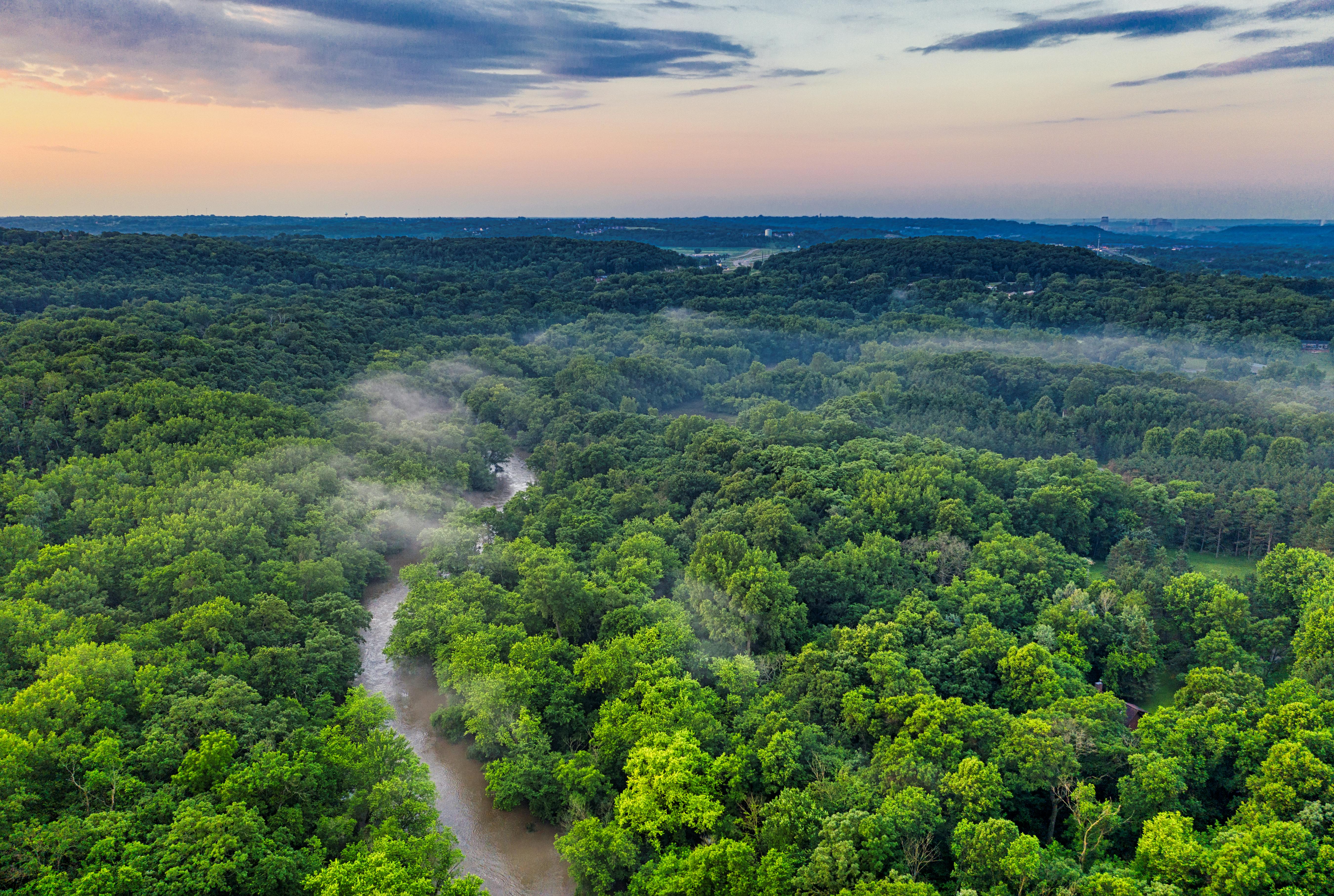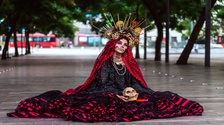Each region of Brazil has its own unique legends that shape local traditions, festivals, and even modern pop culture. Let’s journey through Brazil’s most fascinating myths, organized by region, with richly detailed descriptions that bring these characters to life.

Northern Region: Guardians of the Amazon
The vast Amazon rainforest is home to some of Brazil’s most iconic folklore figures, deeply rooted in Indigenous traditions. One of the most famous is the Curupira, a mischievous forest guardian with bright red hair and backward feet, designed to confuse hunters and protect animals. This clever spirit is said to create illusions, leading those who harm the forest astray until they become hopelessly lost.
Another legendary figure from the rivers of the Amazon is Iara, the enchanting siren known as Mãe d’Água (Mother of Water). With her hypnotic singing, she lures fishermen into the depths, where they either drown or live under her spell forever. Her story is often told as a warning to those who venture too far into unknown waters.
Equally captivating is the Boto Cor-de-Rosa, the pink river dolphin that transforms into a charming man during festivals. According to legend, he seduces young women, often leaving them mysteriously pregnant. Many families in the Amazon still joke about the Boto when a child’s father is unknown.
The Boitatá, a serpent made of fire, is another protector of nature, punishing those who set illegal fires in the forest. Some say it appears as a floating ball of light, while others describe it as a giant, flaming snake slithering through the trees at night.
Finally, the Vitória-Régia legend tells the story of an Indigenous girl who fell in love with the moon. Heartbroken that she could never be with him, she drowned herself in a river, and the moon transformed her into the giant water lily that floats on Amazonian waters to this day.
Northeast Region: Mysteries of the Sertão and Coast
The Northeast is a treasure trove of eerie and enchanting tales, blending African, Indigenous, and Portuguese influences. One of the most haunting figures is Cabeça de Cuia, a man, called Crispim is cursed to live as a monster with a hollow, gourd-shaped head after killing his own mother in a fit of rage. He is said to roam the rivers, preying on fishermen and drinking their blood to quench his eternal thirst. The legend also states that Crispim could only break the curse after devouring seven virgin girls named Maria. So, he continues to wander the rivers of the region, looking for virgins, murdering bathers and capsizing boats.
A more playful yet mysterious character is Zé Pilintra, a spirit from Afro-Brazilian religions who takes the form of a well-dressed rogue. He is known as the protector of bars, gamblers, and bohemians, often invoked for luck in games or to avoid police trouble.
Deep in the backlands, the Zabelê, a mystical bird with dark feathers, sings a mournful tune that is believed to predict death or misfortune. Many “sertanejos” (backland dwellers) fear its call, seeing it as an omen of bad news to come.
For travelers on lonely roads, the ghostly Romãozinho appears as a playful but unsettling child spirit. Some say he was a boy who died tragically and now lingers to pull pranks on late-night wanderers, like making stones fly or whispering in the dark.
Near the rivers and mangroves, Maria Canabrava is the Northeast’s answer to the Iara—a vengeful siren who drowns unfaithful men. Fishermen tell stories of seeing her combing her long hair on moonlit rocks before she drags her victims into the depths.
Another ominous figure is the Cão da Morte (Dog of Death), a spectral black hound that appears before someone dies. Its glowing eyes and silent presence send chills down the spines of those who encounter it.
Parents in the Northeast often warn their children about the Velho do Saco (Old Man with a Sack), a bogeyman-like figure who kidnaps disobedient kids. Though his origins are unclear, the tale serves as a cautionary story to keep children from wandering off at night.
On moonlit beaches, the ghostly Alamoa (Woman in White) wanders, forever mourning a lost love. Some say she was betrayed, others that she died in childbirth—but all agree that encountering her brings bad luck.
Finally, the Quibungo, a monster from Angolan folklore, survives in Bahian tales as a child-eating beast. Parents warn that if children misbehave, the Quibungo will come for them in the night, its mouth stretched impossibly wide.
Southeast and South: Urban Legends and Rural Myths
In the more urbanized Southeast and South, folklore blends European influences with Brazilian twists. The Saci-Pererê, a one-legged, pipe-smoking trickster, is one of the most famous figures. He delights in causing mischief—tying horses’ manes, hiding kitchen utensils, and whistling to scare people at night.
The terrifying Mula sem Cabeça (Headless Mule) is a woman cursed for her sins, transforming into a fire-breathing mule that gallops through the countryside at midnight. The sound of her hooves and the flames from her neck strike fear into those who hear her coming.
A more tragic figure is the Negrinho do Pastoreio, an enslaved boy who, after being whipped and left to die, is resurrected by the Virgin Mary. Now a spirit, he helps lost travelers and those searching for missing objects.
The Cuca, a child-snatching witch, is one of the most feared figures in Brazilian folklore. Often depicted as an alligator-like hag, she hides under beds or in forests, waiting to snatch disobedient children.
Lastly, the Bumba meu Boi is not just a character but an entire folkloric tradition. Originating in the Northeast but celebrated nationwide, this tale involves the death and resurrection of a beloved bull, blending comedy, drama, and music in vibrant festivals.
Why Brazilian Folklore Endures
These stories are more than just myths—they are living traditions that influence festivals, literature, and daily life. From the Amazon’s mystical guardians to the Northeast’s eerie spirits, Brazilian folklore offers a window into the country’s soul.
For language learners, these tales provide a fun way to improve Portuguese while exploring Brazil’s cultural richness. Whether told around a campfire or adapted into modern media, these legends continue to captivate new generations.
Would you like a deeper exploration of how these myths shape Brazilian festivals? Or perhaps a guide on using folklore in language learning? Let us know—the world of Brazilian legends is vast and waiting to be discovered!







